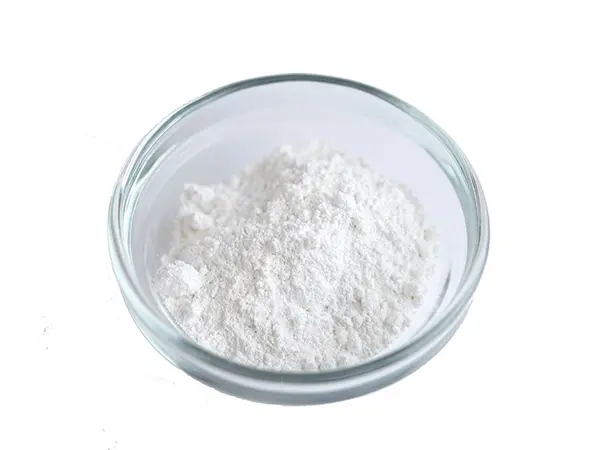Titanium dioxide (TiO2) is a white pigment widely used in various industries, including paints, coatings, plastics and cosmetics. It exists in two main crystal forms: anatase and rutile. Understanding the differences between these two forms is crucial to optimizing their application in different materials.
Anatase TiO2 and rutile TiO2 show obvious differences in crystal structure, properties and applications. These differences play an important role in determining the performance and functionality of the materials they contain.
Crystal structure:
Anatase TiO2 has a tetragonal crystal structure, while rutile TiO2 has a denser tetragonal structure. Differences in their crystal structures lead to differences in their physical and chemical properties.
Characteristic:
Anatase TiO2 is known for its high reactivity and photocatalytic properties. It is commonly used in applications requiring photocatalysis, such as self-cleaning coatings and environmental remediation. On the other hand, rutile TiO2 has a higher refractive index and greater UV absorption capacity, making it suitable for UV protection in sunscreens and anti-UV coatings.
Application:
The differences between anatase and rutile TiO2 make them suitable for different applications. Anatase TiO2 is typically used in products requiring high levels of photocatalytic activity, such as air and water purification systems, while rutile TiO2 is preferred for applications requiring superior UV protection, such as sunscreens, exterior coatings and plastics.
Reinforcement material applications:
Understanding the differences between anatase and rutile TiO2 allows researchers and manufacturers to tailor their material formulations to improve performance. By selecting the appropriate TiO2 form based on the specific requirements of the application, they can optimize the functionality and efficiency of the final product.
For example, in the field of coatings, the incorporation of anatase titanium dioxide into self-cleaning coatings can make surfaces more resistant to dirt and contaminants due to its photocatalytic properties. Conversely, using rutile titanium dioxide in UV-resistant coatings increases the material’s ability to withstand UV radiation, thereby extending the life of the coated surface.
In the cosmetics industry, the choice between anatase and rutile TiO2 is critical for formulating sunscreens with the required level of UV protection. Rutile TiO2 has excellent UV absorption capabilities and is often the first choice for sunscreens designed to provide high levels of UV protection.
In addition, the unique photocatalytic properties of anatase titanium dioxide can be exploited to promote the degradation of organic pollutants and the purification of air and water when developing advanced materials for environmental remediation.
In conclusion, the differences between anatase TiO2 and rutile TiO2 play a key role in determining their suitability for various material applications. By understanding and exploiting these differences, researchers and manufacturers can optimize the properties and functionality of materials, resulting in enhanced products with improved properties and functionality.
Post time: May-22-2024


